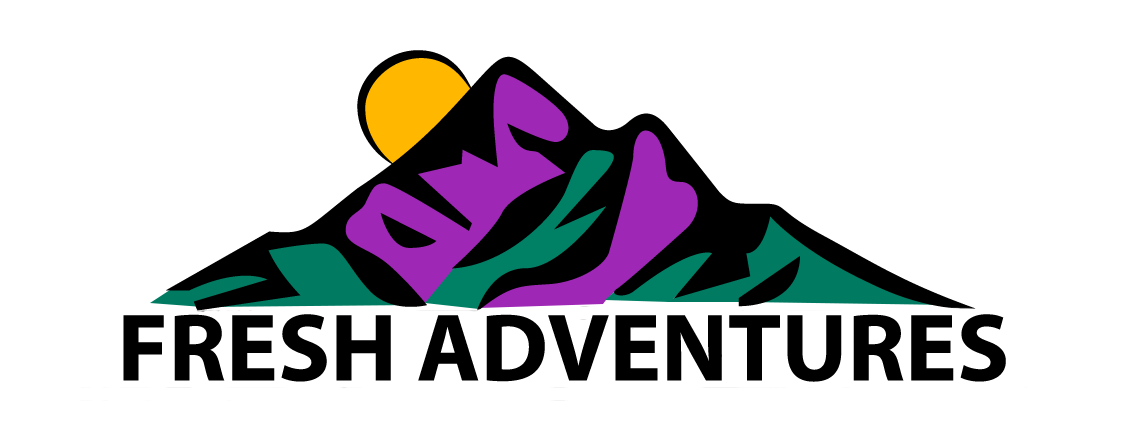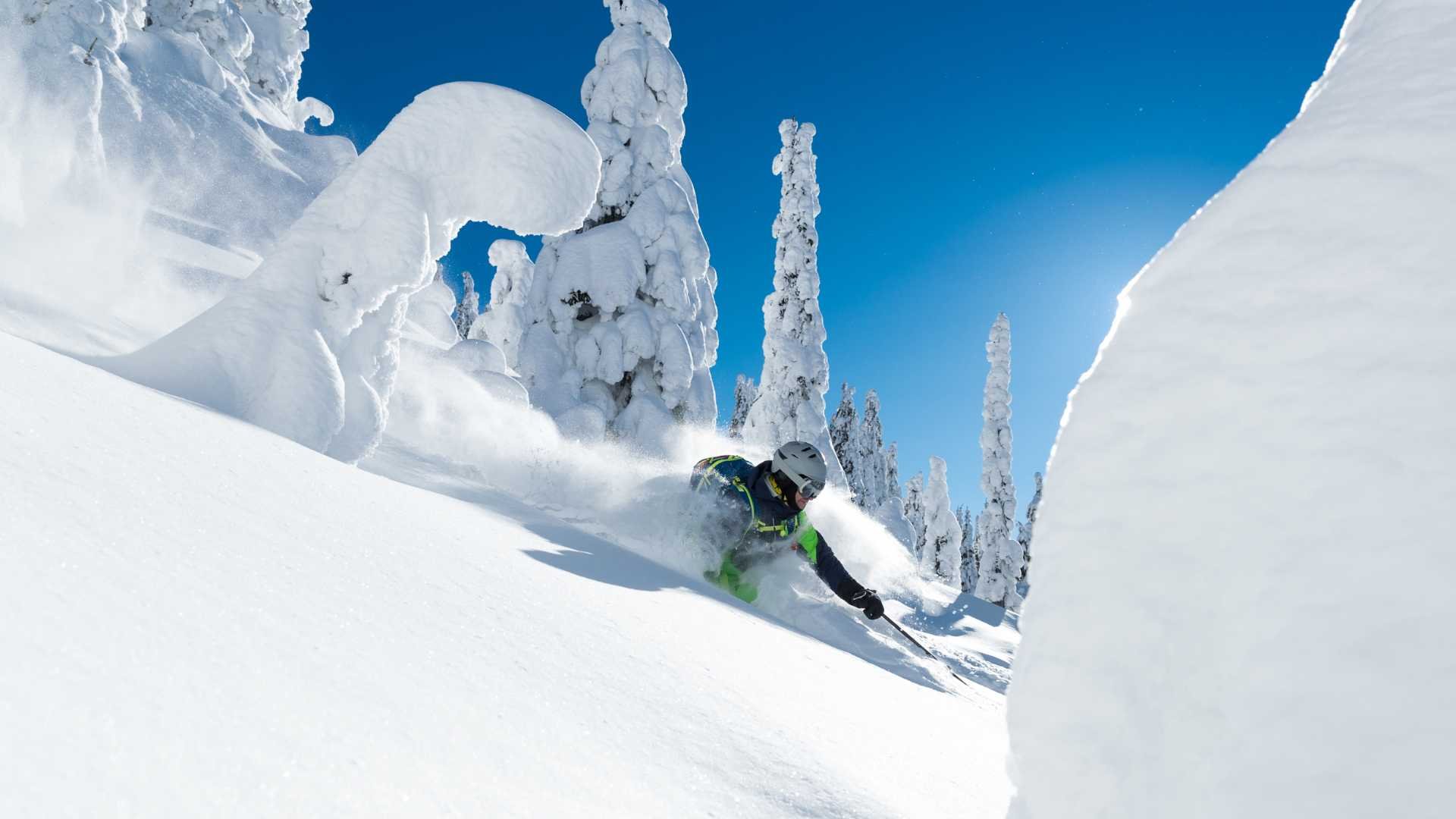Dreaming of a solo adventure in the USA? From glaciers in Alaska to red rock deserts in the Southwest, there’s a trip out there with your name on it. Whether you crave the freedom of the open road, the comfort of a guided tour, or a vibrant city base with nature at your doorstep, these five hand-picked trips offer inspiration, highlights, and practical tips. Discover the best ways to explore America—your way, on your own terms.
The Best National Parks In Canada For Hikers
From the cliffs of Newfoundland to the peaks of the Yukon, Canada’s national parks offer some of the most inspiring hikes on Earth. Lace up your boots and step into landscapes where fjords, rainforests, and alpine meadows unfold at every turn. Here’s your guide to the very best hikes across Canada’s wild heart.
The Best Waterfalls in the Canadian Rockies
The Best National Parks To Visit On New Zealand's South Island
The Best Tours On Vancouver Island
The Best Things To Do On Vancouver island
Must See Places On Vancouver Island
Best Guided Hiking Tours In USA | Beginner to Advanced
These are the best guided hiking tours and walking vacations in the USA. We have rounded up the top rated and best deals on guided hiking trips for beginner to advanced hikers. These are the perfect USA hiking packages for anyone looking for a quality vacation, whether traveling solo or with a group.
How To Travel Alaska & The Best Ways To See Alaska
Denali National Park Travel Guide | 2025
The Best Things to See and Do In Banff National Park For Summer 2025
Here Are The Best Places To Visit In Canada During Summer 2025
The Best Natural Attractions In The Yukon
The Best Ski Holidays For Solo Travelers Around The World
Ikon Pass VS Epic Pass Canada
ikon pass vs epic pass comparison in canada
Should I get an Ikon or Epic Pass to Ski in Canada?
Both Ikon Pass and Epic Pass have some amazing deals to offer skiers and snowboarders around the world. While both passes have their own pros and cons, we are here to help you compare the two passes in Canada. Which is the best ski pass in Canada? We will touch on several important considerations in this IKON Pass vs EPIC Pass comparison in Canada below! Both passes have access to several of the resorts on our list of the best freeride resorts for advanced and expert skiers in Canada. Read on to find out if the Ikon Pass or the Epic Pass is the better pass for you!
Ikon Pass details in Canada
The Ikon Pass is a heavy hitter in the ski pass game and seems to be growing each year. We have outlined what the Ikon Pass includes in Canada below. The pass inclusions consist of two parts- unlimited skiing and limited days at partner resorts. The Ikon Pass includes unlimited skiing at Blue Mountain and Mt Tremblant, with limited ski days at Red Mountain, Skibig3 and Revelstoke Mountain Resort, along with a few others. If you are a skier living in Montreal or Toronto area, and plan on doing a ski trip in British Columbia or the Rockies this winter, this pass makes perfect sense, as well as if you plan to visit any of the American resorts on the Ikon Pass.
Ikon pass benefits in canada
Full ikon pass- $1840 cad/ $1359 USD (2024/2025 season)
Unlimited skiing at Blue Mountain
Unlimited skiing at Tremblant
7 days at Skibig3 (Lake Louise, Sunshine, Norquay)
7 days at Red Mountain
7 days at Revelstoke Mountain Resort
7 days at Sunpeaks Resort
7 days at Cypress Resort
7 days at Panorama Mountain Resort
No blackout dates on the full Ikon Pass
ikon base pass- $1310 cad/ $969 USD (2024/2025 season)
Unlimited skiing at Blue Mountain
Unlimited skiing at Tremblant
5 days at Skibig3
5 days at Revelstoke Mountain Resort
5 days at Red Mountain
5 days at Panorama Mountain Resort
5 days at Sunpeaks
5 days at Cypress Mountain Resort
Blackout dates apply
Is The Ikon Pass worth it In Canada?
The Ikon Pass can be one of the best ski passes in Canada, depending on where you live and ski all season long, as well as your travel style and frequency. If you live in Montreal or Toronto areas and ski at Blue Mountain or Mt Tremblant regularly, the Ikon Pass adds a lot of value as a regular season pass with unlimited skiing at your local resort.
If you travel a few times each winter to ski in Canada, or at the other Ikon Pass resorts in the US, the pass adds further value by covering 5 or 7 days at up to 51 resorts. If you go for a ski trip in Canada with 7 days of riding on the mountain, you would be paying roughly $840 for lift tickets, depending on the mountain and packages available. If you go on two trips like this, the pass easily pays for itself and as a bonus, you can ski unlimited at your home resort if you ski at Blue or Tremblant.
If you spend less time on trips, or go on fewer trips, the pass may not be as valuable to you.
Epic pass Details In Canada
The Epic Pass has been shaking up the ski industry for a few years now, offering unlimited skiing at all Vail owned ski resorts, including Whistler/ Blackcomb. The Epic Pass offers very little to skiers on the East Coast of Canada, and even to skiers on the East Coast of the USA. In Canada, East Coast skiers can only ski 7 days total in Quebec, and if they do that, the only other benefit is unlimited skiing at Whistler during a ski trip to the West Coast. For skiers around Vancouver there is an obvious appeal to the Epic Pass with unlimited skiing at Whistler/ Blackcomb, just two hours North of Vancouver. Vancouver skiers can also benefit during a trip to the RCR resorts in interior BC with a total of 7 included days. This could look like a ski week to Kicking Horse, Kimberly and Fernie, with 2,2 and 3 days at each of the resorts, which are only a few hours apart from each other.
Epic pass benefits in canada
Epic Unlimited Pass $1025 usd/ $1385 cad (2024/2025 season earlybird pricing)
Unlimited skiing at Whistler/ Blackcomb
7 days skiing at Resorts of the Canadian Rockies (7 total days at Kicking Horse, Fernie, Kimberly, Nakiska, Stoneham and Mont Sainte-Anne)
is The Epic Pass Worth It In Canada?
To be honest, we’d like to see some more versatile offerings for Canadian skiers before recommending the Epic Pass in Canada. Th Epic Pass may be strong for unlimited skiing in Western US resorts, but in Canada, it lacks punch, with just a total of 7 day (not even 7 days each) at the RCR resorts, which are absolutely worth exploring for a good week each! Unlimited skiing at Whistler is great, but only appeals to Vancouver residents, who pan to spend more than 10 days at Whistler is a season.
ski season pass comparison
Is the Ikon Pass or Epic Pass better in Canada for skiing?
It’s true, both the Ikon Pass and Epic Pass both have pros and cons. Perhaps the most significant factor when comparing the two passes is where you live and ski the most. If you live in Toronto or Montreal and ski near there, taking a trip or two each winter, I would recommend the Ikon Pass. Also, if you live on the East Coast or plan to ski in the Eastern United States, I would recommend the Ikon Pass, since it includes far more resorts on the East Coast. If you plan on attending our guided ski and snowboard tours in British Columbia, I would suggest the Ikon Pass.
If you live in Vancouver and ski locally, taking a trip once or twice a year, I would recommend the Epic Pass. If you are attending our guided ski tour in the Rockies I would suggest the Epic Pass.
Another consideration for skiers in Western Canada is that the Ikon Pass includes 42 ski days at 8 resorts, while the Epic Pass includes only 7 days at 4 resorts, plus the unlimited skiing at Whistler.
Whichever pass you end up with, we hope to see you on one of our guided small group ski and snowboard trips along the Powder Highway. These trips are a perfect way to dodge crowds and get the powder stashes with local guides! Best of all, you save big on our tours with both the Epic Pass and Ikon Pass, or both!
Make the most of your pass on our guided Powder Highway ski & snowboard tours!
Ski With our local guides and a small group of likeminded skiers and snowboarders on the powder chasing adventure of a lifetime!
best of BC Ski/ snowboard Tour - 11 Days
Revelstoke - Kicking Horse - Whitewater - Red Mountain
Spend 11 days exploring the absolute best of the Powder Highway on this guided ski tour in Canada. This tour package spends two days at each resort, covering the best terrain & snow in Canada with local guides.
Ultimate Powder Highway Roadtrip- 12 Days
Fernie - Whitewater - Red Mountain - Revelstoke - Kicking Horse
Named the ultimate Powder Highway ski trip for a reason! Ski the best resorts in the Rockies and Powder Highway. Soak your tired legs in amazing hot springs and enjoy the best food and drink in 5 mountain towns.
Ikon pass FAQ
How much does the ikon pass cost?
For the 2024/2025 season the full Ikon Pass costs $1359 usd or $1840 cad, and the Ikon Base Pass costs $969 usd or $1310 cad.
Where can I get the Ikon Pass?
You can purchase the Ikon Pass directly online from the Ikon Pass website, several Ski Travel Agencies, or any mountain that the Ikon Pass is valid at.
Epic Pass FAQ
How mUch Does the Epic Pass Cost?
For the 2024/2025 season, the Epic Unlimited Pass costs $1025 usd or $1385 cad if ordered before October 9, 2024.
Where Can I get the Epic Pass?
You can order the Epic Pass from the Epic Pass website, or can also purchase it from any Epic Resort, including Whistler/ Blackcomb.
About the author
Alex Ross- Lead Guide/ Founder
Let’s just say Alex didn’t want to work a real job when he grew up. He had his heart set on avoiding any kind of accounting, human resources, compliance, marketing and business administration, in order to be free for his dream job as a ski guide. Now he guides people on skis, but mostly does accounting, human resources, compliance, marketing and business administration work!























